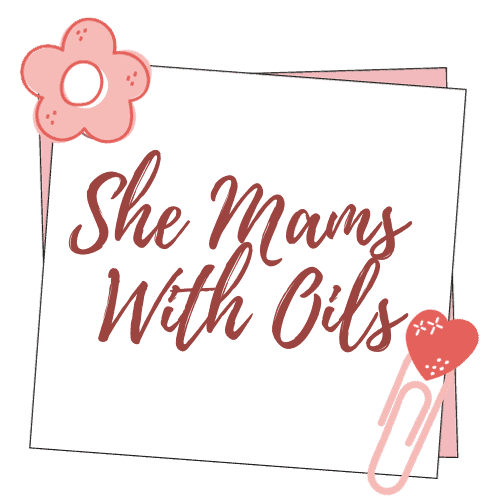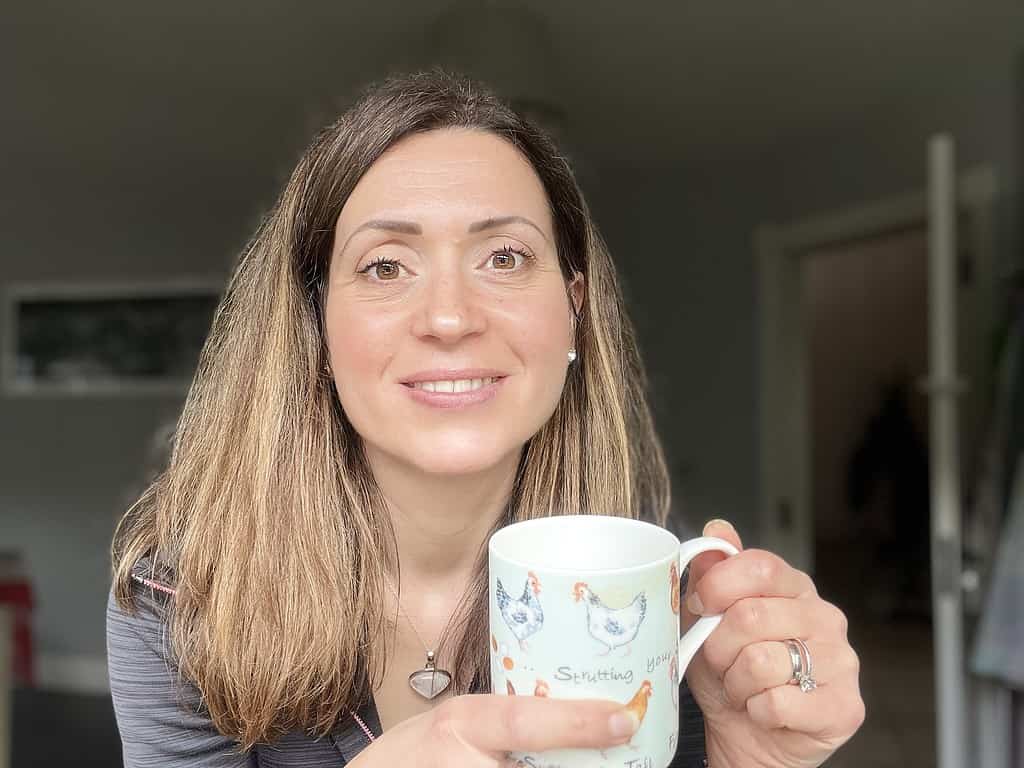WHAT TYPE OF PLASTIC IS SAFE FOR ESSENTIAL OILS?
WHAT TYPE OF PLASTIC IS SAFE FOR ESSENTIAL OILS?
Read this post to learn what type of container you can use safely to store your DIY products made using Essential Oils.
Also, learn how to prolong the shelf life of those DIY products.
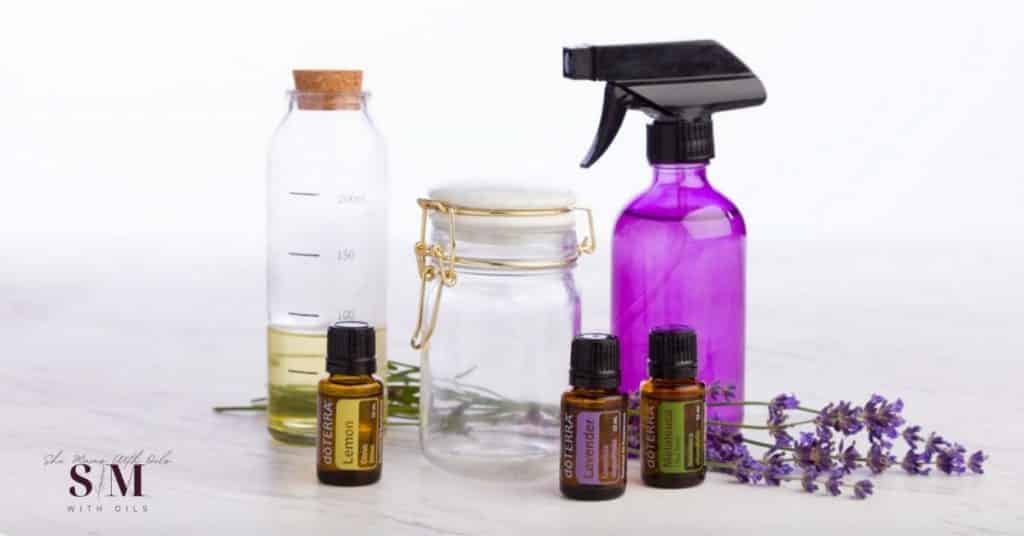
The following post contains affiliates, which means I’ll get a small commission if you decide to buy using the links provided. This will add NO EXTRA COST to you but it helps me to keep this blog up and running. Thank you. You can get more info by reading my Disclaimer page.
I’ve been using essential oils in my family for several years now, and have also been teaching about them for a while. One of the questions I get a lot is “what plastic is safe for essential oils?”.
Although it is very easy to use essential oils in your every day life, there are a few safety rules that you will need to follow.
Learning what type of containers are safe to use around Essential Oils, is certainly one of the most important rules to learn.
Subscribe to my YouTube Channel!
If you’d rather watch a video, you can watch on my Youtube channel!
Don’t forget to pin the post for later!
WHY IT MATTERS TO LEARN SAFETY AROUND CONTAINERS
From the Doterra website: ”When it comes to the power of Essential Oils, we sometimes hear concerns about the type of containers to use with liquids and DIY products containing Essential Oils. While it is true that Oils will dissolve some plastics, there are other container options that are completely safe”.
DARK GLASS CONTAINERS ARE BEST
I am of the opinion that glass is always the best option when it comes to store Essential Oils.
Glass is affordable, durable and, most importantly, completely unaffected by Essential Oils.
However, I do appreciate that glass might not always be the best option for everybody. For instance, if you have small children that might drop and smash a bottle. Or if you have tiles around your home and simply don’t want to risk damaging them.
In those circumstances, I would definitively suggest you swapped glass for safe plastic containers.
But, you can’t just use any plastic bottle. You will need to know what specific types of plastic are safe and suitable for storing Essential Oils.
WHAT TYPE OF CONTAINERS CAN YOU USE TO STORE ESSENTIAL OILS?
There are several types of containers that are safe to use. These include glass, steel, and some types of high quality plastic, called HDPE or High-Density Polyethylene.
Find out more about each material below.
GLASS:
For any DIY recipe, I would highly recommend using glass spray bottles, or glass jars where possible. This is because glass is unaffected by Essential Oils, and is the perfect container for keeping DIY products fresh. Glass is also really easy to clean.
Bear in mind that you should exclusively use dark glass, and avoid the clear one.
STEEL:
Doterra roll-ons have roller balls made of steel. Not only are steel roller balls better quality, they also allow for better control of application. It helps that steel is also resistant to Oils and easy to clean. Stainless steel water bottles for example, are an excellent option if you are worried about dropping and breaking a glass bottle.
HDPE:
Plastics that are specifically used with essential oils in caps, diffusers, orifices, etc. are made of HDPE, also known as plastics number 2. This very high quality plastic has stronger bonds and longer chain lengths that are not broken up by essential oils. In other words, HDPE plastics will not be affected by essential oils.
PET:
PET (plastics number 1), is also resistant to Essential Oils and is safe to be used.
ALUMINUM:
Aluminum is considered safe to use with Essential Oils.
If you are unsure though, you can perform a little test beforehand. Add a drop of Oil to the outside of the container. After a few minutes, verify that there is no change to the area.
OTHER TYPES OF CONTAINERS:
Some containers are a definite no – no! Many Essential Oils contain substances that can dissolve some plastics. For example, Polystyrene (plastic number 6) is easily dissolved by the d-limonene present in Lemon Essential Oil.
But, other plastic containers may work if NOT REUSED, and only if a small amount of Oil is added at a high dilution rate. If you are not sure whether a type of plastic is resistant or not, perform the same test that you would for aluminum. Add a drop of the oil to the outside of the container and make sure there is no change to the plastic after a few minutes.
DILUTION MATTERS
As you might already know, safe and proper dilution is very important when it comes to using Essential Oils.
First of all, only use high quality and pure Oils. This will not only provide you with a sense of safety when it comes to apply DIY products on your skin, or to use around your home, but it will also ensure that you only use a few drops of essential oils.
DILUTION IN DIY PRODUCTS
If you are making D|Y products, chances are you are only using a small amount of Oils anyway. However, it is better to be safe and use glass with DIY products, especially if you plan on storing them for a few weeks or longer.
PET and HDPE plastic containers are suitable for high ratios of Essential Oils. However, I would recommend not to exceed a dilution ratio of more than 5%. For example, if you are using a 100ml plastic container, do not add more than 5ml of Essential Oils.
Never apply undiluted essential oils on your body.
If you want to know more about how to choose the right carrier oils, how to follow a safe DILUTION CHART, and how to learn more about Essential Oils, you can check the following posts:
WHAT PLASTIC IS SAFE FOR ESSENTIAL OILS?
The purpose of this post is to show you how to recognise what type of plastic is safe to use with Essential Oils.
On the Doterra website, Dr. David K. Hill (one of the founders of the company), writes: “We know that Essential Oils interact with many forms of chemistry, including some plastics. Many varieties of plastics exist, some of which are more impervious to Essential Oils than others. While this is a concern, not all plastics are as delicate as others, and not all Essential Oils affect plastics in the same way. Citrus Oils, in particular, have a chemical composition that is known to interfere with the chemistry of plastics. We should only use plastics that will not breakdown when exposed to Essential Oils. For instance, Doterra uses plastic parts (lids, orifices, diffusers, etc.) that are made of HDPE plastic and will not be broken down by Essential Oils. Typically, HDPE plastic as well as plastics number 1 (PETE) and 2 are safe for use with essential oils”.
What Type of Plastic is Safe for Essential Oils?

There are seven types of plastic depending on the materials used to create it. However, only two of the seven are safe for storing your Essential Oils: number 1 (PET), and number 2 (HDPE).
RESIN IDENTIFICATION CODES
Not sure how to tell if your plastic water bottle is safe or not? Each type of plastic has a specific resin identification code. You have most likely seen it many times: it’s the number surrounded by chasing arrows, generally present on the bottom of every plastic container.
This code will help you identify what materials were used to make a type of plastic.
This system was established in 1988, and currently, there are seven types of plastic in it.
WILL ESSENTIAL OILS EAT THROUGH PLASTIC?
The answer to this question is yes and no. I will show you what type of plastic is safe to use with Essential Oils but, as mentioned by Dr. Hill (see above), you also need to be careful with the type of Oil you are using.
Citrus Oils are a lot more abrasive than other Oils, and you will want to either highly dilute them when stored in plastic, or just use glass containers.
Always use glass for higher concentrations of oils.
Plastic 1 (PET or PETE or PETG)
Polyethylene terephthalate, generally known as PET or PETE, is a type of plastic commonly used in soda (soft drinks) or water bottles.
This type of plastic is BPA free and doesn’t contain phthalates, so it is considered safe for use with food and drinks, as well as Essential Oils.
However, PET is designed for single use only! The reason behind this safety rule is that studies have shown that if a PET bottle is exposed to heat for prolonged times, high levels of a toxic chemical called antimony are leached from the plastic into the food or drink.
You can read more at science direct.com.
Bottom line is, if you plan on using a PET plastic bottle, make sure to not wash it and refuse it, cause you certainly don’t want toxic compounds in your food or drink. Do recycle it instead!
Plastic 2 (HDPE)
Just like PET, high-density polyethylene or HDPE is also a type of plastic considered safe for storing food and drink items. This makes it a very good choice for use with Essential Oils.
Generally speaking, many companies use HDPE plastic bottles for shampoos and other personal care products, as well as plastic drink jars (for example milk jugs), and food containers.
This type of plastic is so versatile that it is used in many common everyday items, such as toys to name just one. It is lightweight but hard-wearing, and easy to manipulate and shape. It is also resistant to mold.
Which is Better: PET or HDPE plastic?
To get all the info to compare the 2 different types of plastic, you can check raepak.com.
Let’s look at some facts:
- HEAT RESISTANCE: PET can only withstand temperatures up to 131 degrees Fahrenheit (or 55 Celsius). HDPE has a higher heat resistance at 167 degrees Fahrenheit (or 75 Celsius). When the plastic reaches the highest temperature it can withstand, it starts deteriorating, therefore damaging the Essential Oils contained in it. Just to give you an example, cold pressed Oils like Citrus oils (Lemon, Bergamot, Orange, etc.) can start to weaken and adulterate when exposed to a temperature of 100 degrees Fahrenheit (about 38 degrees Celsius).
- COLD TEMPERATURES: PET bottles can withstand cold temperatures of maximum -40 degrees Fahrenheit (also -40 Celsius). HDPE on the other hand can tolerate cold up to -110 degrees Fahrenheit (about -79 Celsius).
- APPEARANCE AND CONSISTENCY: PET bottles are generally clearer than HDPE ones. They are both translucent enough to see through anyway. They can both come in different colors. PET bottles are also generally “softer” in consistency than HDPE ones, the latter being used to store products like shampoos or body care items for example.
HOW TO EXTEND THE SHELF LIFE OF DIY PRODUCTS MADE WITH ESSENTIAL OILS
One thing I like about using Essential oils in my home, is that they are so versatile and you can use them to make your own personal care or cleaning products.
In those cases, it is very important that you know how to choose the right container, but also how to store it while not in use, in order to get the longest (and safest) shelf life for your concoctions.
CHOOSE THE RIGHT TYPE OF CONTAINER
This is exactly what we are talking about in this blog post. While using certain types of plastic is safe, I always recommend and prefer to use glass.
KEEP YOUR PRODUCTS AWAY FROM HEAT AND DIRECT SUNLIGHT
High temperatures and direct sunlight can affect the Essential Oils used in your DIY items, so always keep your containers in a fresh, cool and dark place, like a cupboard or a drawer. Also always use dark glass bottles. Be very mindful of how high temperature can lead to some plastic types leaching toxic chemicals in your food or drinks. High temperatures can also cause the Oils to evaporate, and therefore to make your products less effective. Good quality and pure Essential Oils are not cheap, so you might want to use them in an efficient way, and not waste them!
USE AIRTIGHT CONTAINERS
When opening essential oil bottles, you should always replace the cap tightly immediately after use. This is to prevent the Oil from being exposed to air and oxidize, which means to deteriorate and lose its potency. It goes without saying that you will want your DIY products to maintain their aroma, their efficacy and their quality, so it is vital to keep them stored in containers with airtight lids.
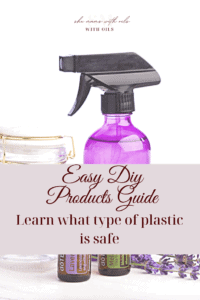
WHAT TYPE OF PLASTIC IS SAFE FOR ESSENTIAL OILS: CONCLUSION
When it comes to storing your DIY products made with Essential Oils you can certainly use plastic containers, as long as you pay attention to the specific type you are using.
I hope this post helps you to choose safely what type of plastic is safe for essential oils.
Feel free to leave a comment below, and let me know what you think.
Till next time, Dee.
Also, don’t forget that if you are looking for easy and tested DIY Recipes, I have an entire library of FREE EBOOKS to help you. Just sign up for my newsletter and you will get access to my FREEBIES LIBRARY!
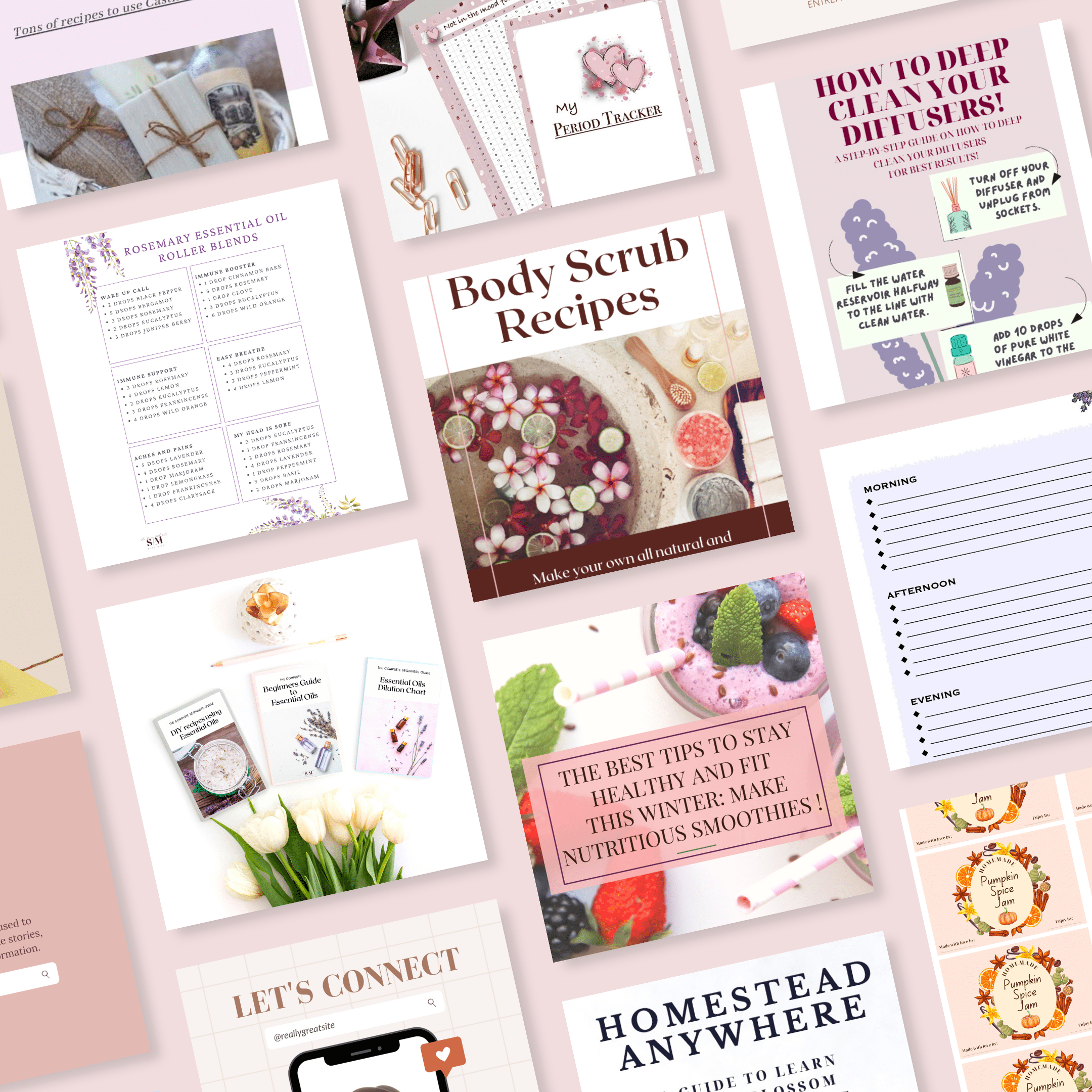
I also have a complete guide for beginners essential oils users. Make sure you grab it!
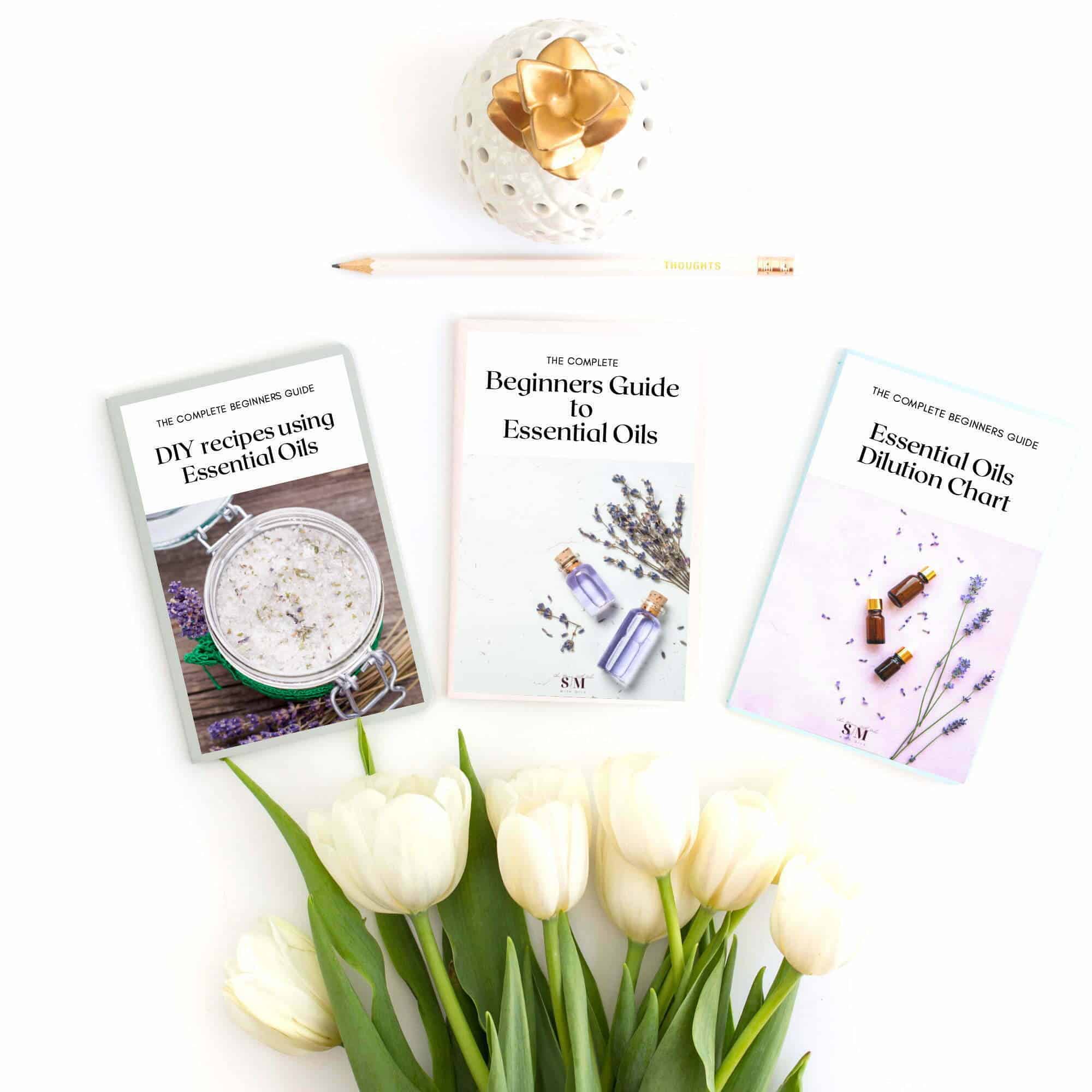
GET THE COMPLETE BEGINNERS GUIDE TO ESSENTIAL OILS!
Are you curious about what Essential Oils are, and what they can do for you and your family?
Did you know that EO have been used for centuries to help support our health and wellbeing?
If you want to learn more, I have created the perfect complete guide to beginners EO users. You can get it on my Etsy shop at a special introductory price.
IMPORTANT: when using Essential Oils, make sure to use only CPTG Certified, Pure, Tested Grade ones, like Doterra Essential Oils. The content of this blog post and any information provided here has not been evaluated by any government entity or medical practitioner. It is NOT intended to diagnose, treat, cure or prevent any disease, illness or condition. It is NOT intended to be a substitute for medical counseling. If you are pregnant, breastfeeding, or suffering from any medical condition or illness or injury, you SHOULD consult a qualified healthcare professional before using any product.
Hi, I’m Dee!
Mom of three; printables creator, natural solutions, simple living and homemade food enthusiast; “Outlander” fanatic.
When I’m not busy writing and designing, you can always find me covered in a cloud of flour in the kitchen, playing and crafting with my children, or making up some blends with my Essential Oils. Also I’m practically obsessed with Crystals and reading during my spare time.
Come along on our crazy journey as a family living in the countryside of Ireland!
